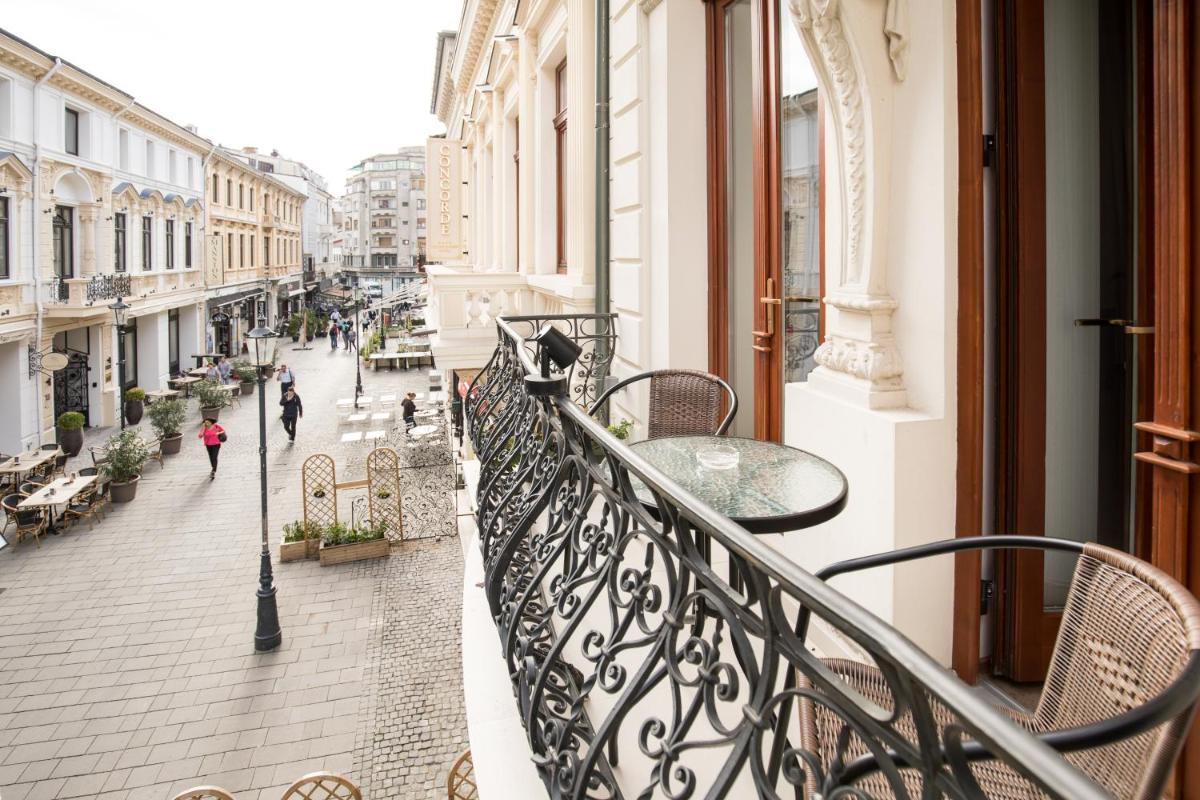Hotel market in Bucharest shows growth in key indicators
The hotel market in Bucharest is still recovering from the pandemic and economic difficulties. Demand for the sector’s services grew by 3% in 2024 but is still lower than in 2019. Oxford Economics forecasts that room bookings will grow by 3% in 2025.
The overall situation in Central and Eastern Europe
Looking at the Central and Eastern European hotel markets, they are showing growth, albeit small. The capitals in question are:
– Bucharest;
– Warsaw;
– Sofia;
– Budapest;
– Bratislava;
– Prague.
In the first half of 2024, regional markets grew by an average of 0.6% compared to 2019. At the same time, supply increased by 7.7%. The Warsaw market stood out, with demand for hotel rooms up 17%.
Analysts predict that Bucharest will grow by 5.8% between 2024 and 2026, bringing 2,400 new rooms to the market. This growth rate is higher than the average of the six Central Eastern European capitals (CEE-6), which is 3.2%. Thus, Bucharest shows a more positive development dynamic than other capitals in the region.
International brands have shown interest in the Bucharest hotel sector. These include Swissotel, The Crest Collection, Mondrian and Adagio. In addition, current market players are planning to complete the modernisation of rooms in the near future.
Experts note the positive impact of increased supply. At the same time, competition in the sector is expanding, which could limit the market’s recovery.

Overview of the key hotel indicators in Bucharest
The local market is showing good rates of development. This is evident when analysing key indicators:
– hotel performance (RevPAR) increased by 9.2% in the first half of the year;
– outperforming not only the region but also the European average;
– the average room rate (ADR) increased by 5.6%. Compared to 2019, the increase was 15.7%;
– ADR is still below inflation.
The slight recovery momentum is due to relatively slow demand growth. At the same time, supply continues to increase.
Room occupancy in the first six months of 2024 is up 3.4%. Analysts cite various events in the Hungarian capital, including the Coldplay concert, as one factor in the increase in demand.
Overview of trends in the region
RevPAR in the capitals of Central and Eastern Europe grew by 8% in the first half of 2024. Prague, Bucharest, and Warsaw markets showed strong results. Hotel occupancy stood at 67%, 3.6% higher than in 2023. However, this is still below pre-pandemic levels (with the exception of Warsaw). Overall, analysts forecast stable, albeit low, RevPAR growth for the region.
Transaction volumes declined by 27% to €122 million during the period. Geopolitical uncertainty and high borrowing costs were the limiting factors.
